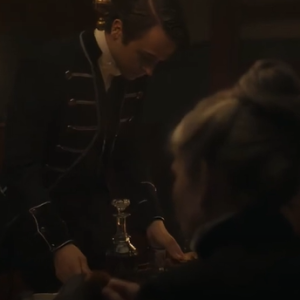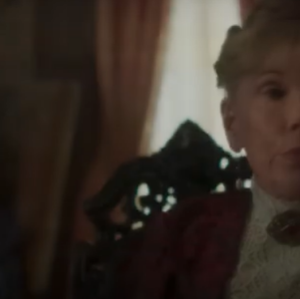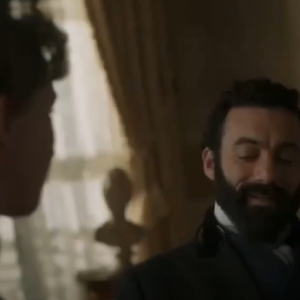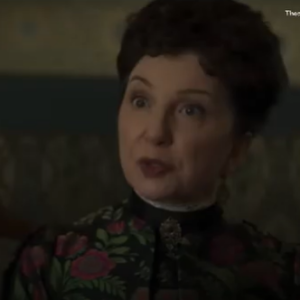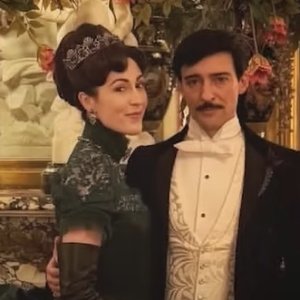The Gilded Age S3 takes viewers on a sweeping tour through the hidden arteries of New York’s Gilded Age, where production houses and historical preservation collide in a tense ballet of design, logistics, and reverence. This season’s filming itinerary reads like a map of 19th‑century opulence repurposed for modern cinema: upstate towns with preserved facades, grand mansions that double as the epicenters of power, and city blocks where the present whispers through the past. The result is not merely a backdrop for drama, but a character in its own right—one that demands both artistic audacity and meticulous care. The crew’s mission: to transport audiences to a world defined by cabs, crinoline, and courtly intrigue, while keeping the real-world sites intact for the future. It’s a feat that blends architectural scholarship with the tempo of a high‑stakes production, and it’s this collision that gives S3 its rarefied texture.
New York and Rhode Island became living, breathing sets, engineered not just to look right on camera, but to feel right in the bones of the streets and staircases that once echoed with the footsteps of Vanderbilts, Van Rensselaers, and the nation’s power brokers. In Troy, Skenectady, Albany, and, of course, New York City, the team hunted for sites whose architecture carried centuries of memory. The historical districts became the scaffolding for the narrative—Congress Street and Third Street closed to the public, residents invited to part their doors for exterior scenes, and a steady drumbeat of permission requests and conservator consultations. The plan was as bold as a ballroom surprise: leverage real spaces, not mere facades, so the audience could feel the exact weight of a chandelier, the texture of mahogany paneling, the acoustics of a marble staircase. The payoff is a storytelling economy where décor and dialogue fuse—every shot a negotiation between fidelity and filmic necessity, every corner a reminder that these spaces belong to history as much as to the show.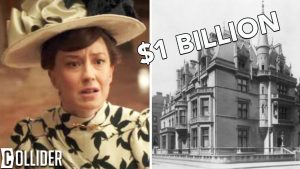
Rhode Island anchored the season’s most striking visual contrasts. Newport and Providence supplied not just the scale of grandeur but the texture of lived history—the salt air on windblown facades, the way a gilded surface catches the light differently than a freshly painted wall. The Breakers, Marble House, The Elms, and Rosecliffe aren’t just celebrity backlots; they’re laboratories where designers and conservators experiment with period accuracy without compromising the integrity of real, irreplaceable interiors. It’s a delicate balance: to film a modern production inside a nineteenth‑century ecosystem requires a choreography of caution and creativity. The crew covers floors and walls in a protective veil, moves cameras and rigs with the precision of a surgical team, and works in concert with conservators who prioritize preservation over spectacle. This discipline ensures that, after the cameras stop rolling, these structures remain intact for future generations to study and enjoy—a rare gift in an industry that often prioritizes immediacy over posterity.
The show’s design dialect—harmonizing authenticity with cinematic storytelling—reached astonishing peaks in the interiors that audiences have come to associate with the Gilded Age’s grandeur. The Houses that anchor S3’s visual alchemy—Marble House, The Elms, Rosecliffe, and The Breakers—became not just settings but living examples of architectural evolution. Marble House, built as a monument to wealth and modernity, supplied rooms that informed the Russell family’s staged universe with a realism that props alone could never conjure. The Elms, with its 50 rooms and a kitchen repurposed for the Russell mansion’s bustle, became a tactile map of class, labor, and sociopolitical aspiration. Rosecliffe’s Versailles‑inspired ceiling plan and The Breakers’ panoramic public rooms offered the kinds of vistas that demanded not just visual reverence but a rigorous understanding of how light, space, and objecthood interact on screen. It’s here that the project transcends period drama and becomes a case study in how to navigate the ethics and mechanics of filming inside living, cherished monuments.
Behind the glamour of on‑screen opulence lies a technical choreography that makes the magic possible. The production team treats every location as a living organism with its own rhythms and history. The conservators’ mandate—preservation over restoration—frames every decision, from the choice of furniture that actors may touch to the careful use of period textiles and wall coverings. The crew’s “no-sitting” rule on centuries‑old furnishings is more than prudence; it’s a covenant with the past, a boundary that dignifies the spaces while allowing contemporary storytelling to flourish. When a modern Newport building is repurposed as a 19th‑century nightclub, the design team leans into orientalist influences to conjure the mood without erasing the building’s authentic fabric. The result is a show that doesn’t merely imitate history—it negotiates it, translating centuries of taste, technology, and social aspiration into the language of television. The practical reality of on‑location filming—days spent dismantling barriers, sculpting light, and safeguarding fragile materials—renders The Gilded Age S3 not just a period piece, but a masterclass in responsible filmmaking. 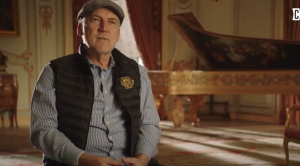
As the seasons turn, S3’s foray into on‑location production becomes a meditation on the symbiotic relationship between cinema and preservation. The series proves that a television set can be a vessel for historical inquiry without sacrificing the immediacy and drama that draw audiences in. It shows that luxury, power, and ambition are not merely depicted; they are cultivated through a process that honors the physical spaces that birthed them. The result is a narrative tapestry where each mansion, each lobby, and each archived wallpaper sample coaxes the viewer deeper into a world that feels both painfully real and irresistibly divine. If the show’s previous seasons opened doors to a past imagined with care, S3 closes them with a quiet, confident click—an invitation to stay with the story just a moment longer, to listen for the echo of a servant’s footsteps, and to savor the texture of velvet, brass, and history that only real, historic spaces can offer. In the end, The Gilded Age S3 does more than film in grand houses; it curates an experience that lingers, inviting us to dwell in a time that remains, paradoxically, more present than ever.
